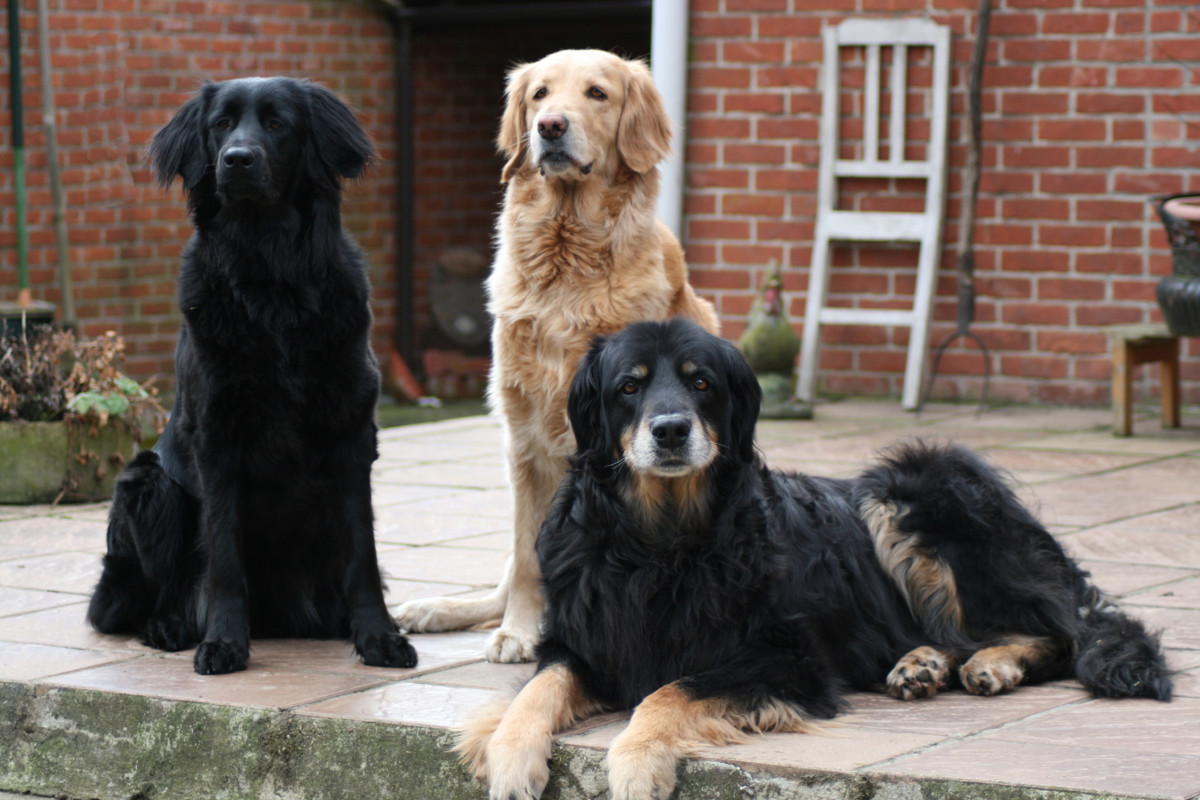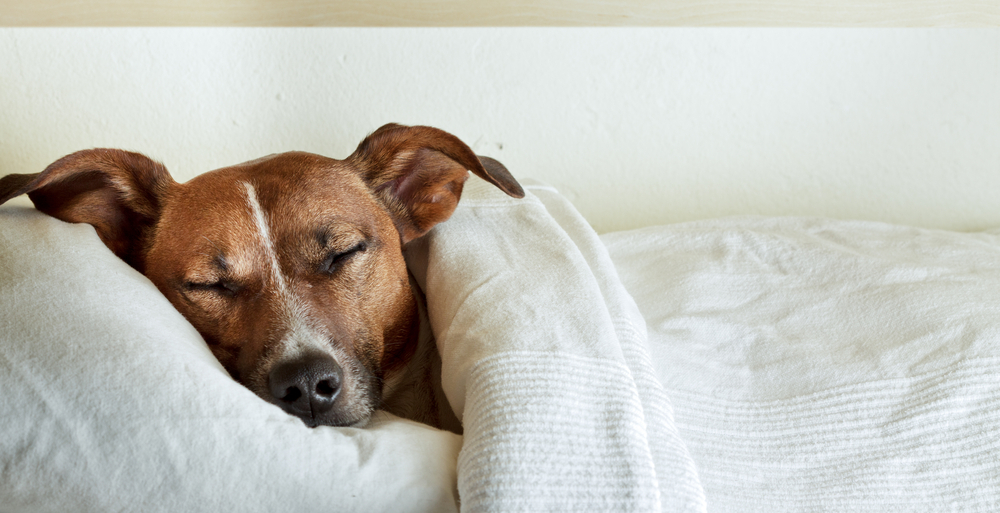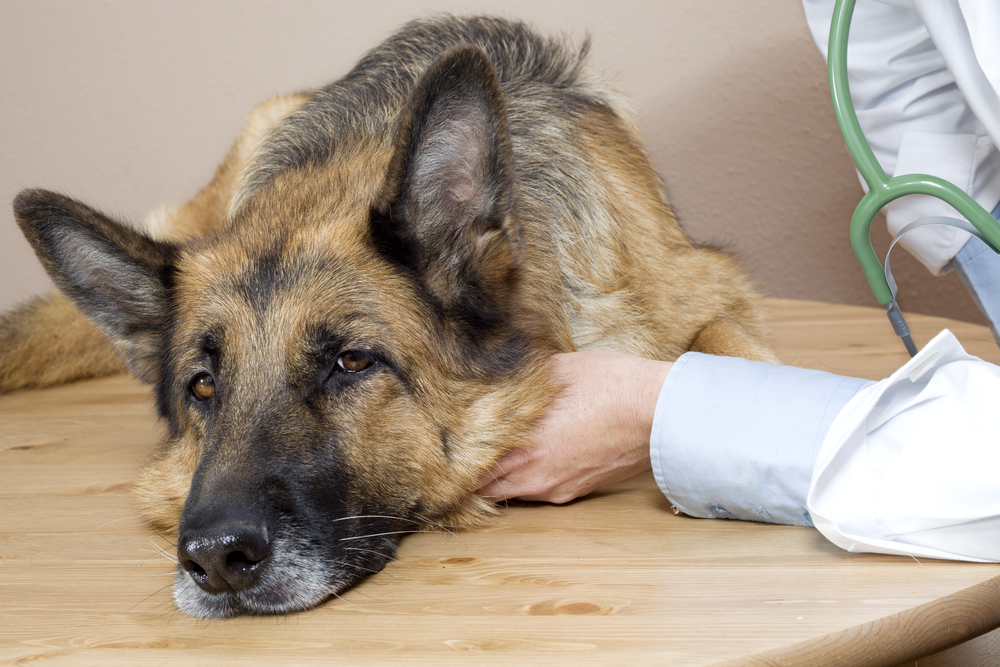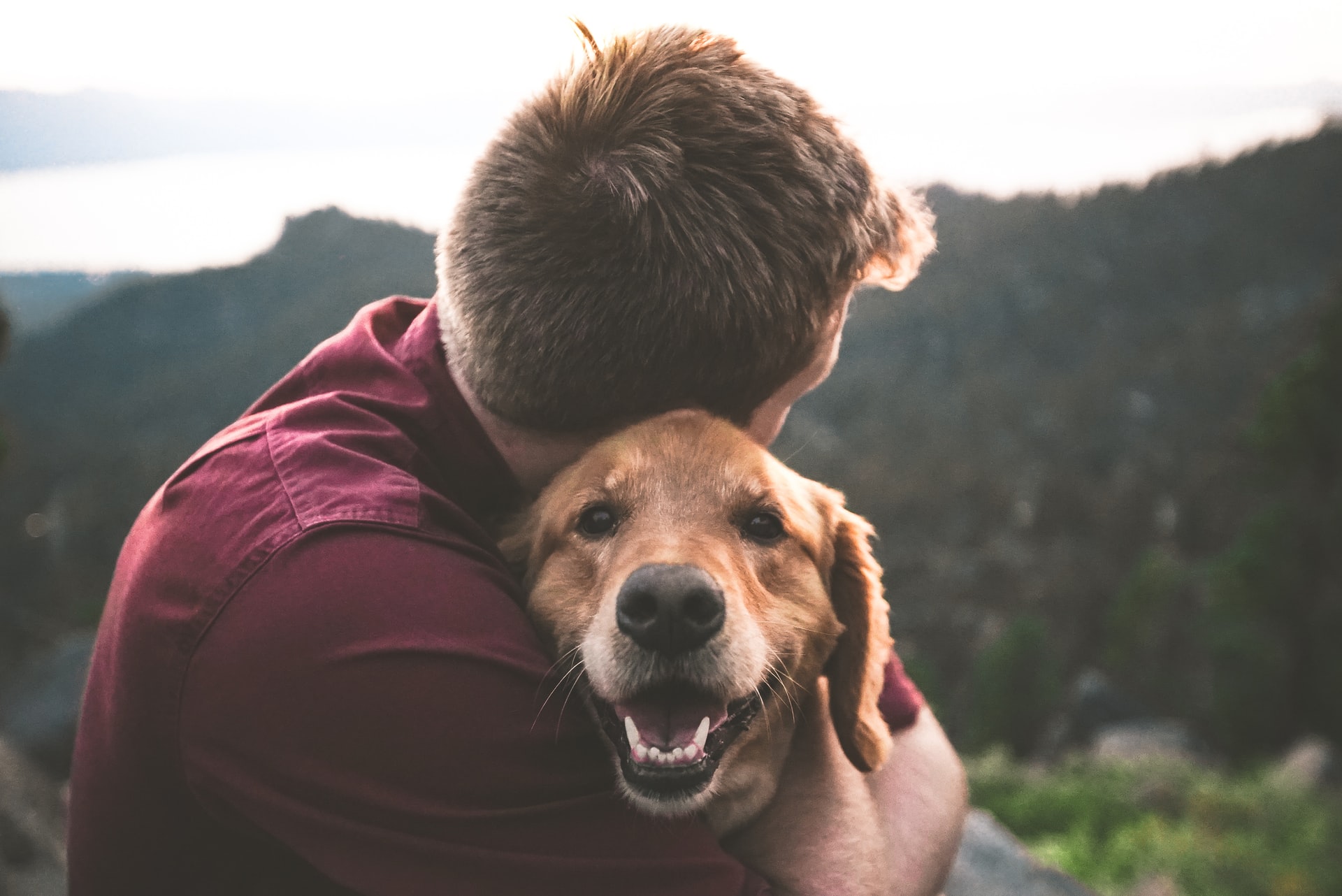How to Take Care of Your Dog?How to Take Care of Your Dog?
Having a dog is one of life’s greatest joys, but it also comes with great responsibility. It’s important for all pet owners to understand the basics of taking care of their furry friends in order to ensure they stay healthy and happy. From knowing what type of food your pup should eat to grooming tips and more, here are some important tips on how to take care of your dog.
Proper Nutrition: A healthy diet is essential for any pet. It should include high-quality, age-appropriate dog food and treats. Make sure to monitor your pup’s food intake and check the food label to make sure it contains the necessary vitamins and minerals they need in order to stay healthy. Also, always provide plenty of fresh, clean water for your pup!
Exercise: Exercise is important for both physical health and mental stimulation. Dogs need at least 30 minutes o exercise every day in order to stay healthy and happy. This can be done by going on walks, playing fetch, or running around in a fenced backyard area (if possible). Regular exercise also helps combat obesity which can lead to serious health issues for your pup.
Grooming: Regular grooming habits are essential for any pet. This can include brushing their fur and teeth, trimming their nails, and cleaning their ears. Not only does this keep them looking good, but it also helps to detect any potential medical issues that may arise due to improper hygiene.
Socialization: Dogs need socialization both with other animals as well as people in order to stay happy and healthy. Socializing your pup while they’re young is important so they can learn how to interact with others properly without becoming aggressive or overly fearful. Take them out on walks frequently and introduce them to new experiences such as car rides or meeting new people at the park.
Responsible pet owner
Being a responsible pet owner entails more than just providing food, water, and shelter for your dog. Owning a pet is a lifelong commitment that requires patience, dedication, and love. Responsible pet owners take the necessary steps to ensure their four-legged friends live long and healthy lives by providing them with proper nutrition, exercise, grooming, socialization, training, veterinary care, and mental stimulation.
Responsible pet owners make sure their dog always has access to fresh water and age-appropriate nutritionally balanced food. They monitor their pup’s eating habits to make sure they’re getting the right nutrients in order to stay healthy. Exercise is also essential for any pup’s physical health and mental well-being so responsible pet owners provide plenty of opportunities for their pups to run around and play each day.
Regular grooming is another important part of being a responsible pet owner. This can include brushing their teeth, trimming their nails, cleaning their ears as well as brushing their coat. Not only does this help keep them looking good but it also helps detect any potential medical issues that may arise due to improper hygiene. Socialization is also key for any pup’s health so responsible owners provide plenty of opportunities for them to interact with other animals as well as people in order to stimulate both body and mind.
Finally, responsible pet owners provide regular vet checkups as preventive care which allows early detection of diseases or other illnesses before they become serious problems. Responsible pet ownership requires understanding your animal’s needs through research as well as the commitment to making sure those needs are met each day so your pup can live a happy and healthy life!
Pet insurance
Pet insurance is an important step in responsible pet ownership and can be a great financial investment for pet owners. Pet insurance helps cover the cost of vet visits, medications, treatments, and other services in case of unexpected illnesses or accidents. Plans vary but typically provide coverage for up to 80% of eligible medical expenses so owners don’t have to worry about being hit with huge bills in the event of an emergency.
Pet insurance policies range from basic plans that cover only accidents and injuries to more comprehensive plans that also include coverage for hereditary and congenital conditions, routine care visits, chronic health issues, cancer treatments, alternative therapies, and more. Discounts are often available when multiple pets are insured under the same policy.
In addition to providing financial protection for owners in the face of costly medical bills, pet insurance can also help relieve the stress associated with a pet’s health problem as it allows them to focus on their animal’s recovery instead of worrying about how they’re going to pay for it all.
Pet insurance is becoming increasingly popular among responsible pet owners as they understand the importance of protecting their four-legged friends from any potential illness or injury. By investing in pet insurance now you can rest assured knowing that your furry friend will be taken care of should any medical emergency arise!
Dog’s teeth
Taking care of your dog’s teeth is an important part of being a responsible pet owner. Poor oral hygiene can lead to bad breath, gum disease, and tooth decay – all of which can cause pain and discomfort for your pup. Fortunately, there are some simple steps that owners can take to ensure their canine companion has healthy teeth and gums.
Brushing your dog’s teeth regularly is the most effective way to maintain good oral health. Dog toothbrushes come in various sizes and styles so owners can find one that fits comfortably in their pup’s mouth. It’s best to use a toothpaste specifically designed for dogs since human toothpaste contains ingredients such as fluoride which can be toxic if swallowed by pets. It’s also important to introduce brushing slowly before making it part of your regular grooming routine. Start by letting them get used to the sensation of having something pressed against their teeth, then gradually increase the amount of time you’re spending each session until they become comfortable with it.
In addition to brushing, owners should also provide chew toys and treats as part of their dog’s daily routine. Chew toys help keep their gums healthy by stimulating blood flow while also providing mental stimulation through playtime activities. Similarly, dental chews are specially formulated treats that help remove plaque build-up on teeth when chewed on regularly. These treats come in various shapes and flavors so owners can find ones that will appeal to their pup’s taste buds!
Finally, regular vet visits are important for any pet but even more so for those who may need extra attention when it comes to caring for their teeth and gums. The vet will be able to detect any potential problems early on which will make treatments much easier and less costly down the road. With proper care from both you and your vet, your pup’s teeth will stay strong and healthy into old age!





